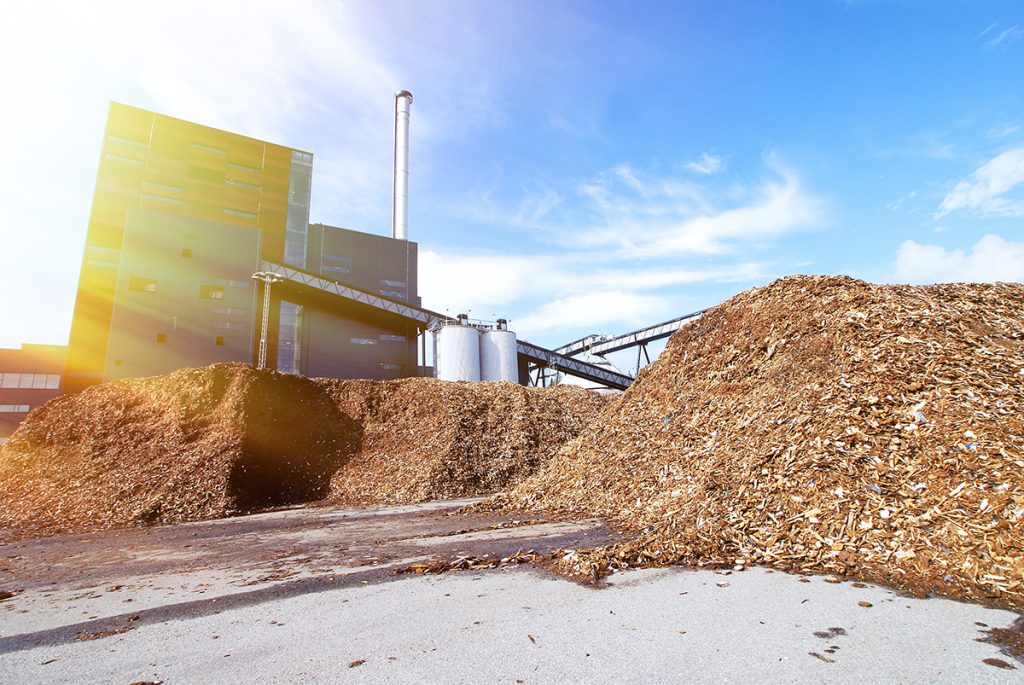To produce biochar, there are certain feedstocks that are preferred over others. As an amendment to soil, biochar can benefit your land in myriad ways, from increased soil fertility to carbon sequestration. Usually produced through a heating process called pyrolysis, biochar is a complex structure with a network of pores that retain plenty of nutrients, water, and carbon in the soil. In addition, it can be used to produce sustainable biofuels, construction materials, textiles, and other bioenergy products.
How Biochar is Made
Through pyrolysis, biomass feedstocks are heated with little or no oxygen to produce the porous organic charcoal known as biochar. Gasification or carbonization are alternative processing methods used for some specific feedstock types. While there are many different types of feedstocks commonly used, some biomass sources are better for biochar production than others.
The type of feedstock used will determine the nutrient composition of the biochar produced. Many feedstocks not only produce biochar but also provide other benefits for landowners. In this post, we’ll explore some of the best types of feedstocks used to make biochar.
Biochar Feedstocks
Biomass energy crops
Some non-food crops are grown specifically to be used for biomass energy production. One of the best biomass energy crops grown for the production of biochar is switchgrass. With roots that penetrate the soil up to 6 feet deep, they help build carbon in the earth and contain helpful biopolymers that make it a perfect feedstock for biochar. Plus, it’s a low-cost crop that’s easy to grow and maintain.
Agricultural waste
Another major source of biochar feedstock comes from agricultural waste. This consists of any waste or crop residue left behind after crop production. For example, wheat straw, peanut shells, and waste wood are regularly used for biochar. Using this waste for bioenergy is a more efficient method of removal than standard methods like burning. Depending on whether this waste is heated through pyrolysis or processed through another method like fermentation, agricultural waste feedstock can result in many different products, from biochar to ethanol to bio-oil liquid.
Manure/animal waste
Along with organic waste from plants, animal waste or manure can also be used to produce biochar feedstock. Instead of pyrolysis, manure is processed either through gasification or carbonization. Although not ideal for enhancing soil, this type of feedstock produces biochar and charcoal suitable for fuel that can be used for electricity, cooking, and more. It’s also used for by-products like wood spirits, wood tar, and in metal smelting.
Other common biochar feedstocks
In addition to the feedstocks mentioned above, others commonly used include kitchen waste and sewage sludge. Through gasification, these waste sources produce combustible ethane, methane, and biochar. The biochar created by this process can be used for low-yield, high-reactivity fuel. However, biochar produced by sewage sludge can become contaminated with materials like plastic and metal. Therefore, this type of biochar is typically not used as a soil amendment.
Compost, or green waste, is also used to make biochar. Through slow pyrolysis, compost feedstock produces activated biochar and syngas, which are excellent soil conditioners or soil amendments with enhanced porosity and filtration capabilities.
Turning biomass feedstocks into biochar for your land
Want to learn more about turning feedstocks into biochar? Reach out to us at FDCE. Our experts have been working in the bioenergy sector since 2006, processing biomass feedstocks like switchgrass and crop residue into biofuel, biochar, and more. We can help with your biochar project, from feedstock production to processing. Contact us to start the conversation today!

